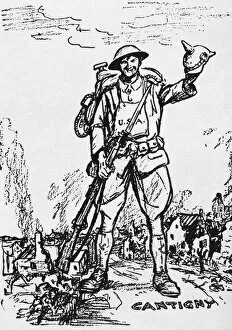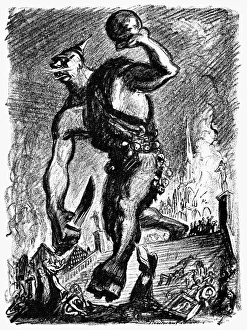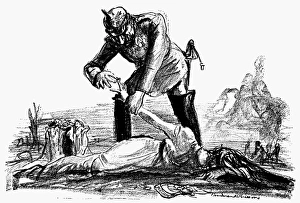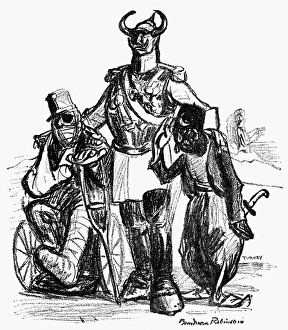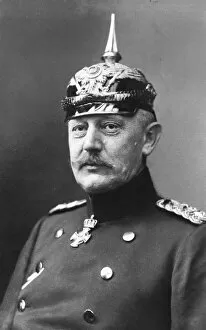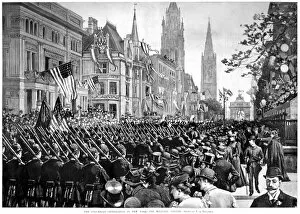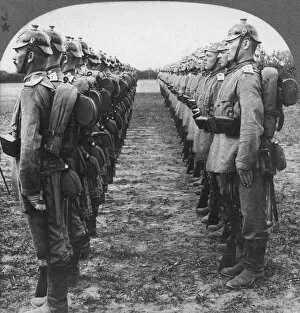Pickelhaube Collection (page 5)
The Pickelhaube, a distinctive spiked helmet worn by German soldiers, holds a rich history and cultural significance
All Professionally Made to Order for Quick Shipping
The Pickelhaube, a distinctive spiked helmet worn by German soldiers, holds a rich history and cultural significance. Originally introduced in the 19th century, it became synonymous with the image of the German military. One notable figure associated with the Pickelhaube is Helmuth von Moltke, a renowned German soldier who served during World War One. General Moltke's full name was Helmuth Johannes Ludwig von Moltke, and he played a significant role in shaping Germany's military strategies. The connection between General Moltke and Kaiser Wilhelm II further highlights the importance of this iconic headgear. The Kaiser himself was often seen alongside his generals wearing their distinguished helmets. During World War One, amidst all the chaos and destruction, there were moments of humanity that emerged. Following the Christmas truce in 1914, gifts from Germans included inkwells shaped like Pickelhaubes as tokens of goodwill. Beyond its symbolic value during wartime periods, these helmets were also an integral part of ceremonial events. A captivating photograph showcases a large German Military Brass Band proudly displaying their instruments while wearing their impressive headgear around 1909. In addition to its use by infantry regiments during WWI, even other branches like Garde Mobile de la Seine utilized these helmets during historical conflicts such as the Siege of Paris in 1870-1871. Artistic representations also shed light on how deeply ingrained this headpiece was within German culture. Edmund Sullivan's cartoon titled "German Kultur" depicts various aspects of German society at that time including soldiers donning their Pickelhaubes. Today, these spiked helmets serve as reminders of both Germany's military heritage and historical events such as World War One. Inkwells crafted in the shape of a soldier's helmet are cherished artifacts that preserve memories from this tumultuous era.





